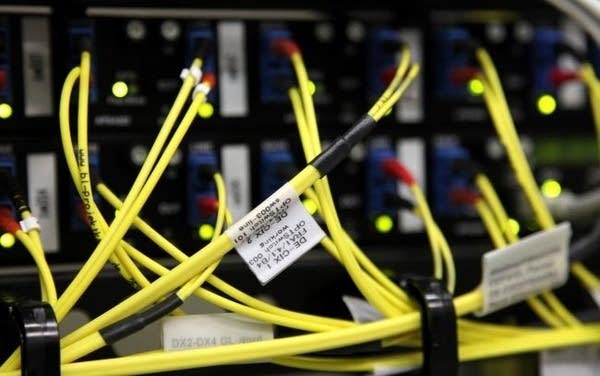Why is it taking so long to get high-speed internet to all of greater Minnesota?

MPR News host Angela Davis talks about how the pandemic underscored the need for better broadband in greater Minnesota.
Daniel Roland | AP Photo 2014
Go Deeper.
Create an account or log in to save stories.
Like this?
Thanks for liking this story! We have added it to a list of your favorite stories.


